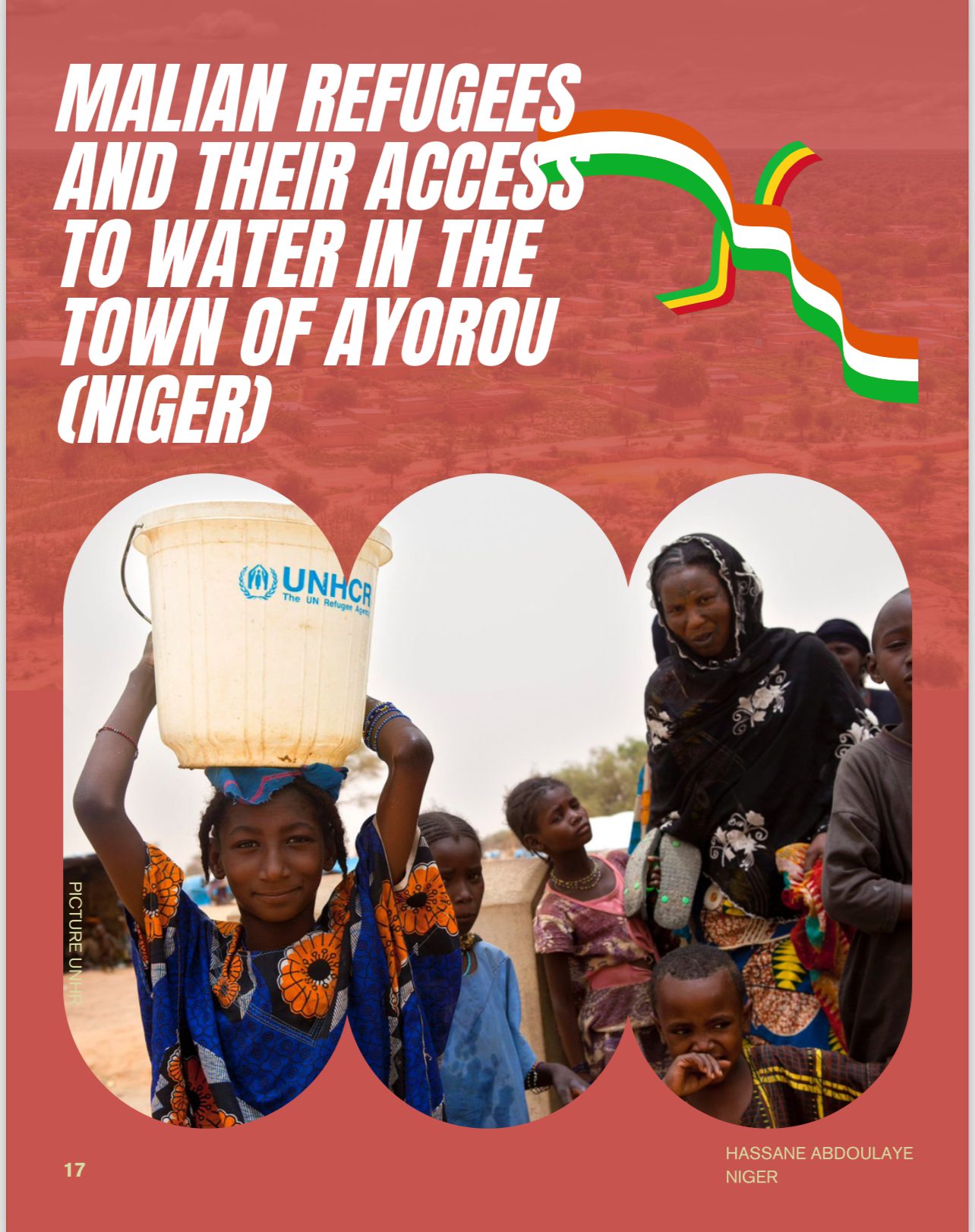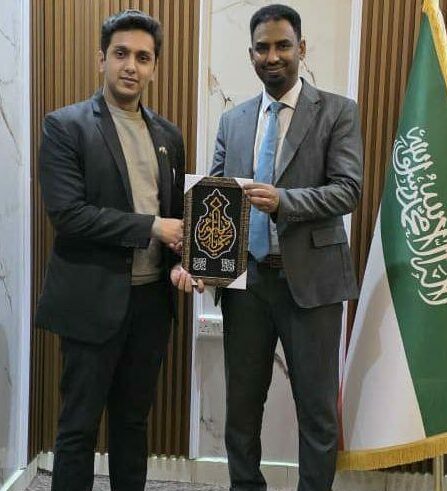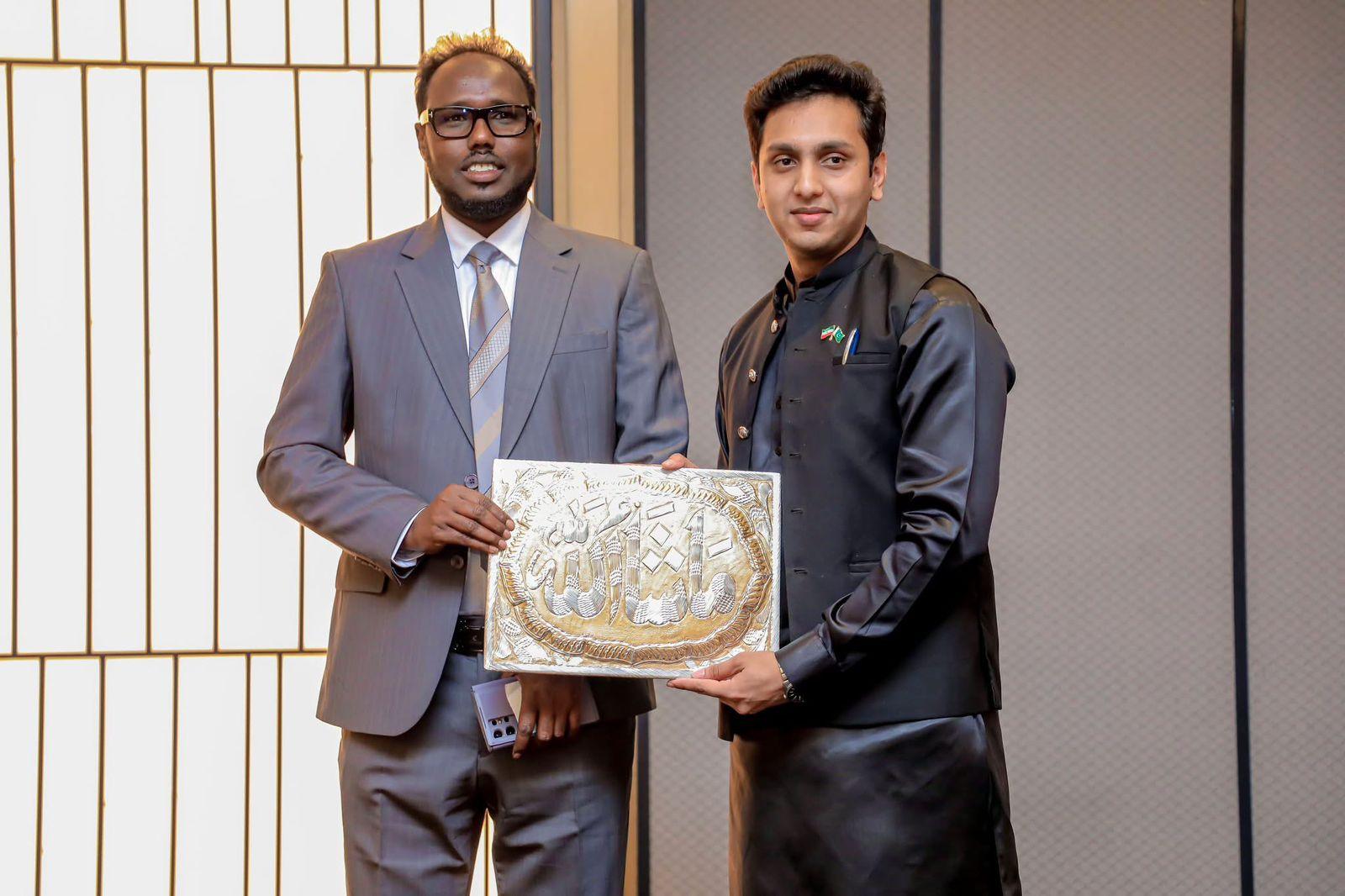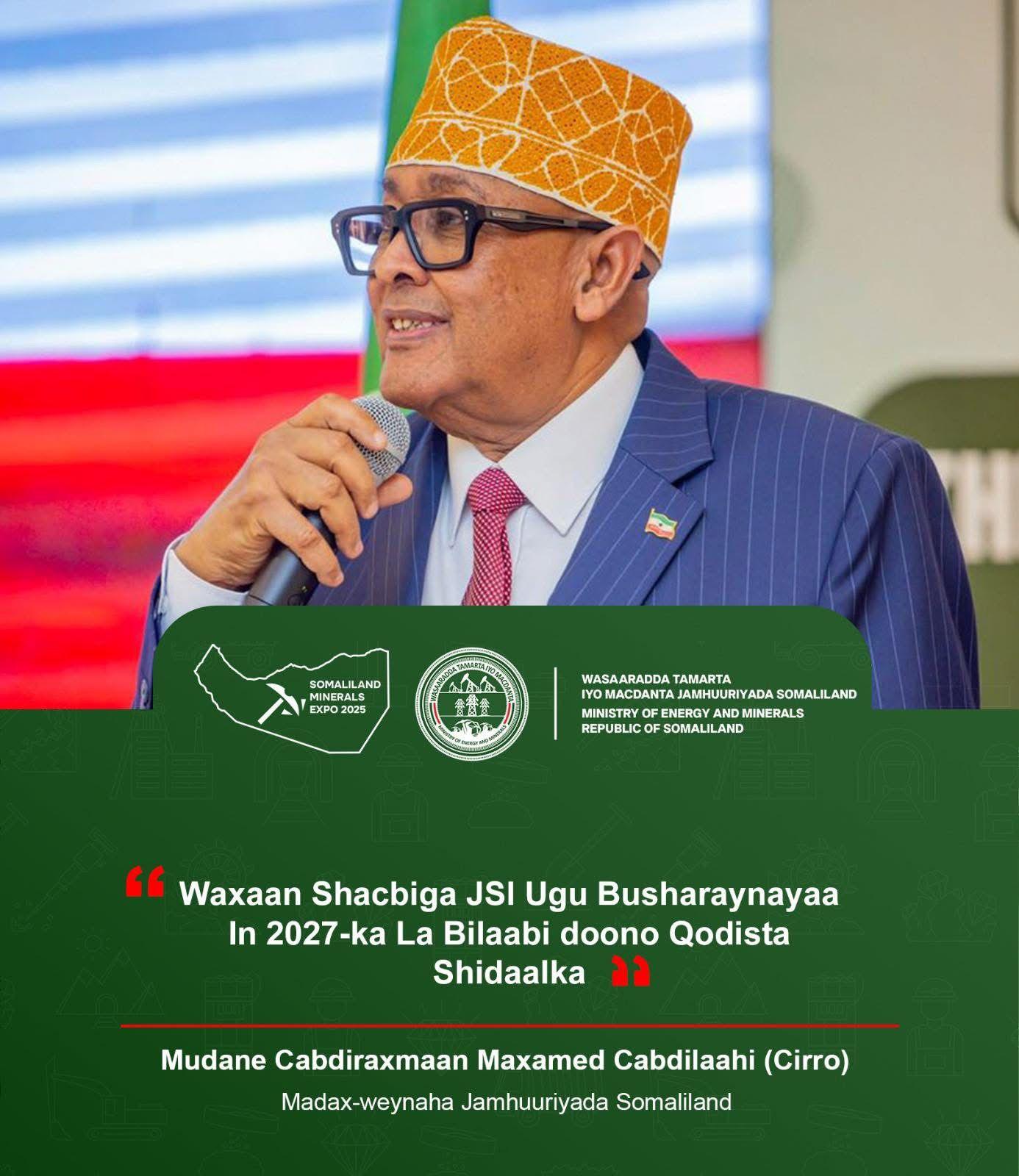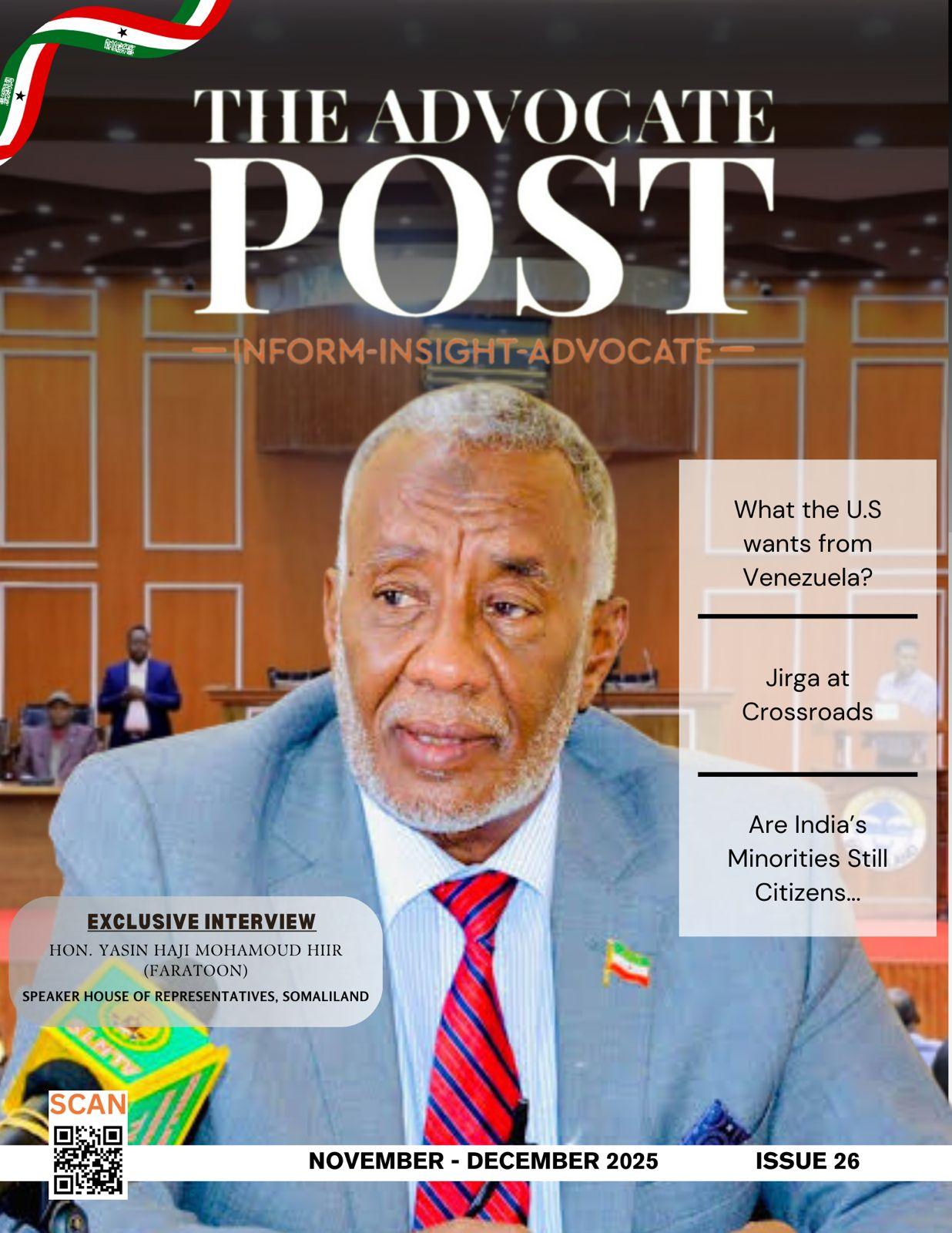By Hassane Abdoulaye (Niger)
Malian refugees, like the population of the town of Ayorou, mainly get their water from the river and a minority uses water from standpipes. Thus, most of the refugees surveyed use standpipes for their water supply, however others use water from the river. Even if this river water is not drinkable, as many respondents point out, it is the lack of money that makes them use it, as they cannot obtain daily water from standpipes. Can of which 25 liters is sold at 25FCFA. Refugees encounter real difficulties in accessing water in the city. As for water from the river, it is above all the distance to travel to access it which constitutes a difficulty for the refugees and for the there are low flow rates and even significant water cuts at standpipes.
In the town of Ayorou the main sources of water are the river and good fountains. There town has 9 boreholes, 1 modern well, 1 mini AEP and 1 autonomous water station (TOWN HALL, 2021). However, these hydraulic resources cannot supply the entire city. In addition to the population, the massive arrival of Malian refugees and internally displaced people is intensifying the need for drinking water in the city.
The city Ayorou, like certain towns in Niger, encounters accessibility difficulties of drinking water. This situation is partly explained by its geographical position.
The water from the river is used mainly by refugees for drinking and for other needs (laundry). Concerning the fountains and other hydraulic infrastructures, they operate on a temporary basis, in other words the availability of water is not regular because the refugees only use them in the mornings. Another difficulty raised by refugees is the distance to travel to access the river, especially for those who do not have means of transport such as a donkey or cart. Some refugees travel a distance of 1 to 2km to access the river depending on the neighborhood where they live.
The town of Ayorou has groundwater, the situation of which is given during the zonal workshops. The water table is deep most often as in the entire western zone of the Niger. To access the high potential tablecloth, a base that is not easy to drill is an obstacle.
The drillings and wells in use draw their source from aquifers at low flow rates. Hence the current hydraulic policies which promote river water treatment stations and their extension by SPEN. The wells and boreholes built are used for human consumption and watering animals for the population of the town of Ayorou.
Access to drinking water in the town of Ayorou is difficult because outside the river, there is a lack of hydraulic infrastructure (standpipe, castle). This situation has worsened with the massive arrival of Malian refugees and internally displaced people in the city because there is strong pressure on resources. After presenting the physical framework of the city, the following section will discuss the socio-economic activities of the population.
Hassane Abdoulaye currently PHD at University of Niamey (Niger). He is geographer by training and specialist in migration studies, particularly on refugee issues. He can be reached at abdoulayehassane307@gmail.com

